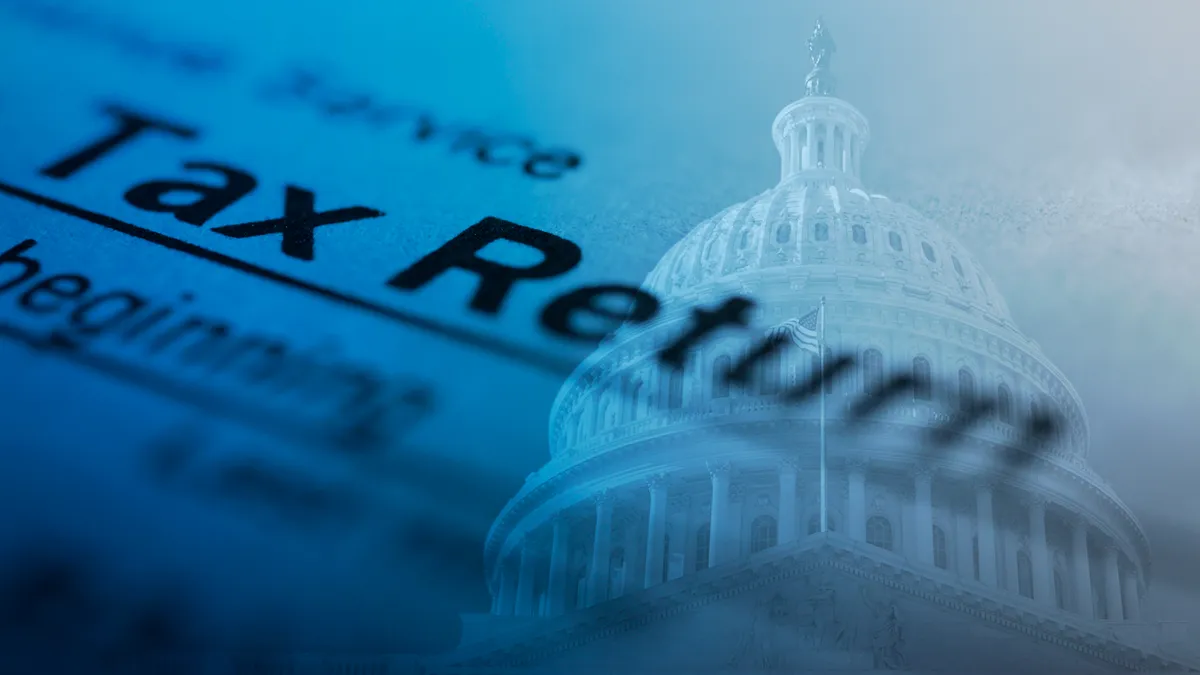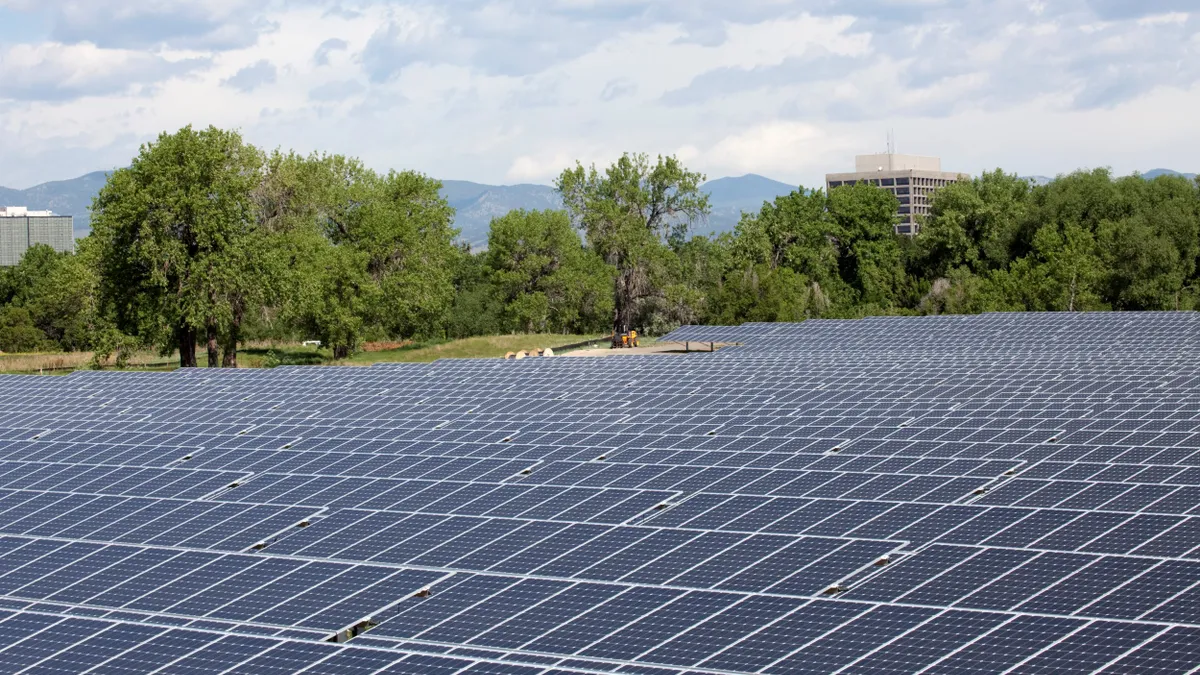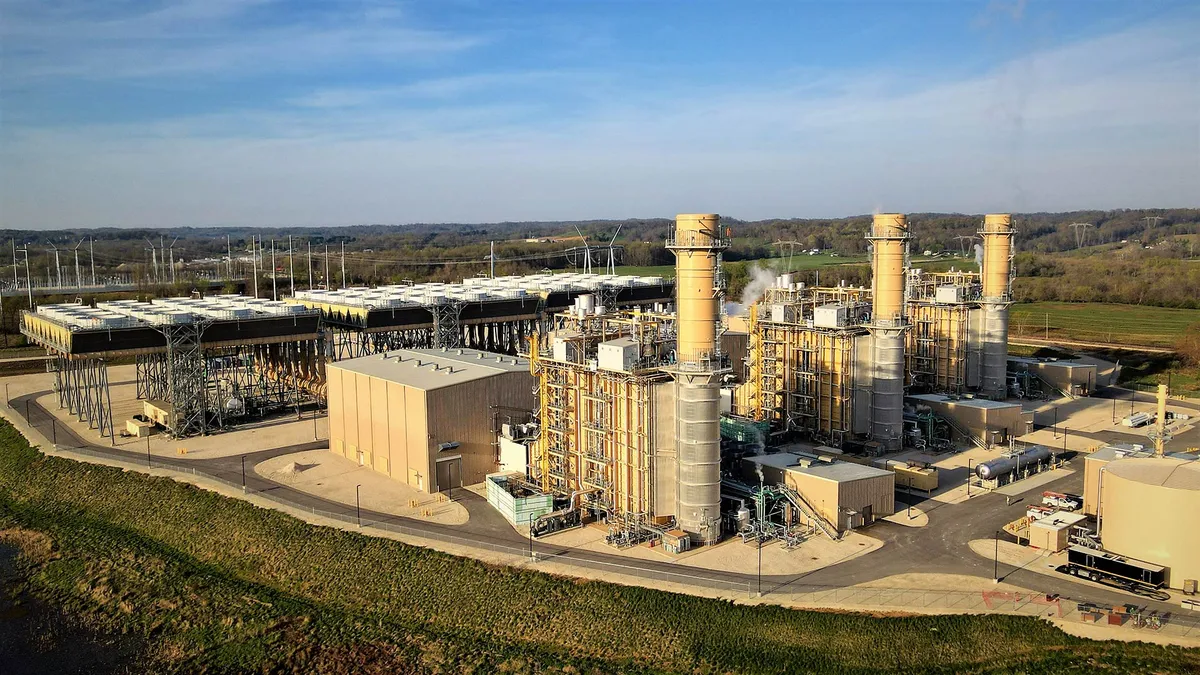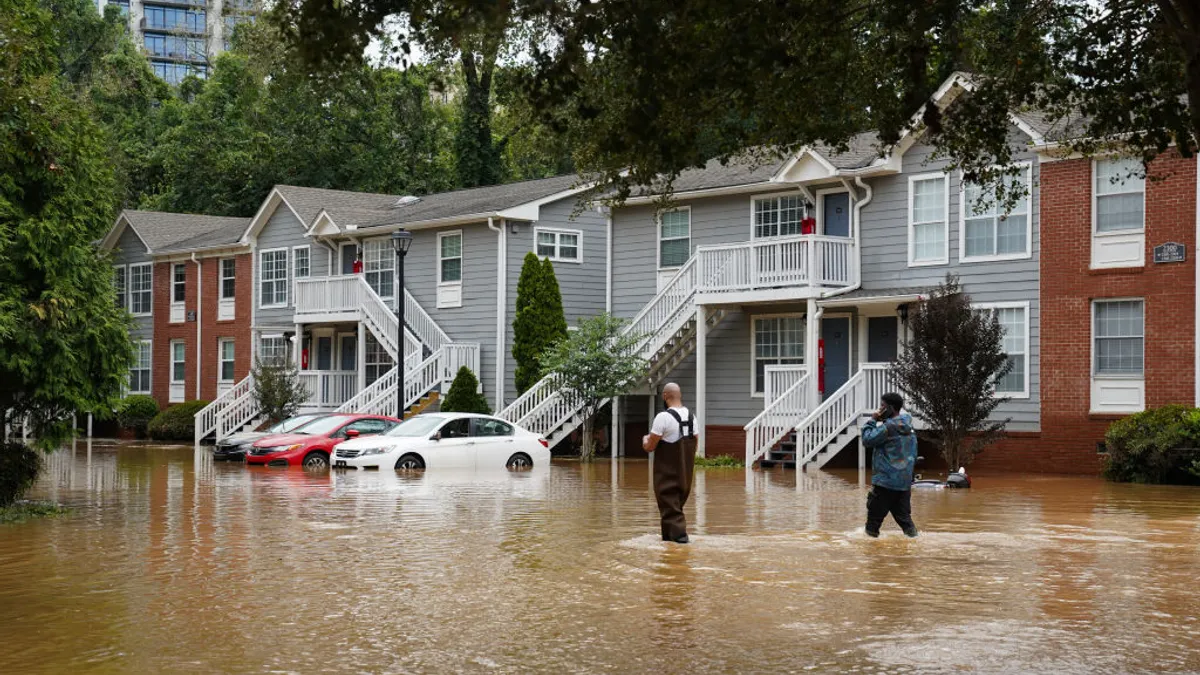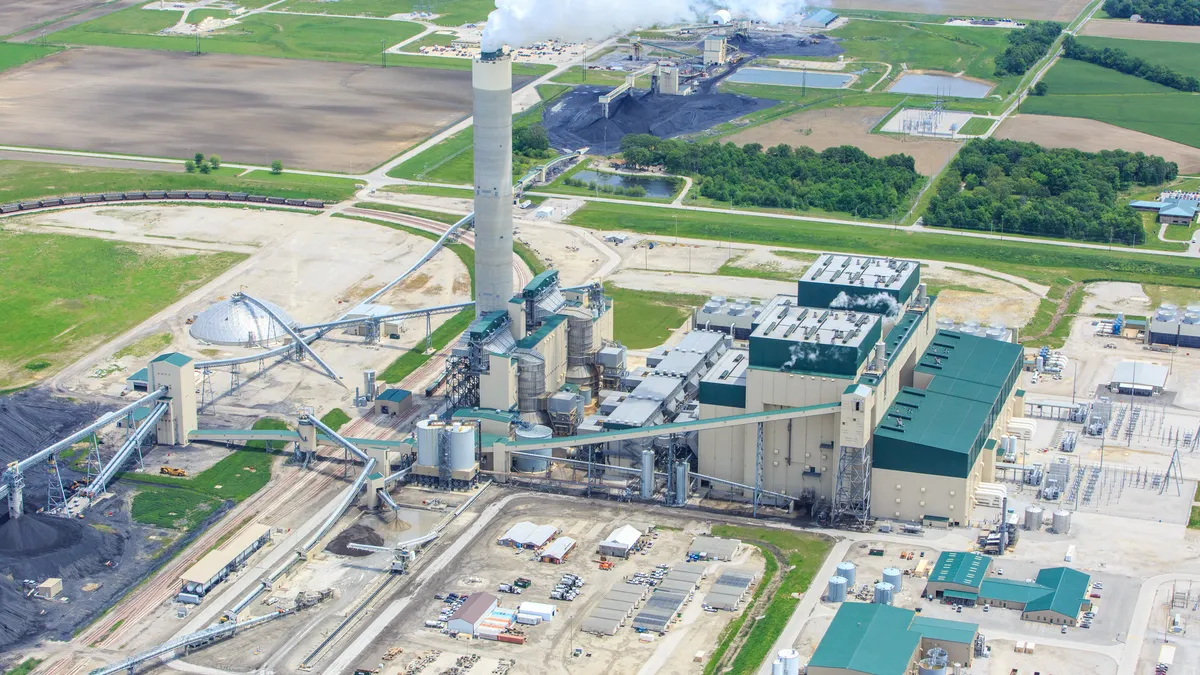The following is a contributed article by Jacob Susman, a partner at Mission Driven Capital Partners and founder of the wind energy company OwnEnergy, which he later sold to EDF Renewables.
Putting a price on carbon could be one of the most effective tools in addressing climate change — besides, we're already footing the bill for it.
As individual citizens, we're paying for the luxury of emitting carbon without directly having to care about it — in the form of extreme weather events, lost business and increased societal costs. But make no mistake, if you are lucky enough to not be directly impacted, the expense is still coming out of your personal budget.
Last year climate disasters cost Americans on average about $280 each — the worst year on record — and just about every part of the country experienced extreme weather. Even though the immediate impact of extreme weather is felt locally, all Americans pay for it in the form of higher taxes to cover emergency response and then the rebuilding of roads, schools, infrastructure — and attempting to put people's lives back to the way they were before the devastation.
And there are the less visible costs that don't get as much airtime on the news like water shortages, crop loss, premature deaths from emissions and pollution, and soon to be migrating disease as our summers continue to get warmer — just to name a few. As carbon emissions continue to push the limits of nature, climate change is coming for your avocados and beer alike.
Shifting costs
Putting a price on carbon would shift this cost back to emitters and give them reason to change to better solutions. This translates to a few thousand entities across the country — systematically allocating clean-up costs across the entire economy at once, versus tackling it state by state as with renewable energy mandates. A nationally-determined price on carbon would expedite the entire transition to zero carbon.
In 2018 several carbon pricing initiatives were introduced around the world, albeit to resistance, but each carried its own lesson.
In France, citizens protested over being the ones to carry the burden of a carbon tax — instead of it being placed on the emitters who have the power to change. It wasn't the idea itself that they opposed, it was the requirement that everyday citizens shoulder the costs. In Washington state, special interest groups outspent proponents of carbon pricing legislation $31 million to $16 million. And when carbon pricing legislation hit the floor of Congress last year, the majority Republican House, to no one's surprise, voted against it.
But these headwinds, funded by special interests with deep pockets, are not slowing action on climate legislation — carbon pricing bills have been introduced in seven or more U.S. states. This momentum is an indicator that we're on the right track, and so is the increasing support of it by leading Republican lawmakers. A carbon price is increasingly becoming a solution that can garner bipartisan support.
When it comes to solving climate change we need a full range of solutions. A price on carbon should be a part of the plan because it is the most balanced and comprehensive driver for changing business behavior and it's already demonstrated the ability to reduce emissions.
U.S. lags on carbon pricing
Worldwide, more than 40 governments have adopted some form of carbon pricing — the U.S. is years behind its peers:
- Canada has one of the longest-standing and most ambitious programs. Priced at 30 Canadian dollars (about $24) per ton, carbon emissions fell 5.5% between 2007 and 2014 despite significant increases in both population and GDP. In 2018, the federal government expanded the program. Most of the revenue will be refunded to Canadians via their taxes, and it's expected that this will offset the cost increase for power for about 70% of the public.
- Britain's carbon tax has led to the lowest level of greenhouse gas emissions for the nation since 1890. The system, which has been in place since 2013 and affects specific sectors including utility, costs about $25 per ton. It has resulted in a transition from coal to lower-emissions producing natural gas and a significant increase in renewable sources.
- Even China has a plan. In 2020, the country's carbon trading initiative will launch — first among coal plants and then expanding to other power sectors and high-energy consuming industries. Having signed on to the 2015 Paris Climate Accord, China originally pledged to bring emissions to a peak by around 2030, the first step of which was a 2020 reduction goal that the country met 3 years ahead of schedule.
At the end of last year, a new bill was introduced in the U.S. The Energy Innovation and Carbon Dividend Act now sits on the floor of the House. The bill is a comprehensive plan that has factored in the challenges that prior legislation encountered.
The bipartisan bill would increase the price on carbon over time, sending a clear signal and allowing for a transition within industry, while also creating a level playing field for energy intensive industries by fully representing the real cost of their products and services. The monies collected would be returned to individual households in the form of a check or direct deposit, so individuals would no longer bear the burden created by industry.
In addition, several of the 2020 Presidential candidates have already made climate and carbon a central plank of their platform. And while there's no telling what form it will eventually take, the fever pitch discussion around a Green New Deal has generated a variety of actionable policy ideas around carbon pricing regardless.
The evolution of legislation for a price on carbon has now been vetted and tested to the point that whether Republican or Democrat, we're close to a final proposal that can be agreeable to the majority of OECD countries and leading companies in most global industries.
Obstacles remain in realizing a price on carbon in the U.S. The most obvious ones revolve around how to assess the price (in the form of a tax? a cap and trade program? or something else?), who gets charged and who gets paid.
There are a number of thoughtful proposals that address all these questions. But the most important question of all — is it politically viable? — has already been resolved: powerful groups on both sides of the political spectrum, ranging from oil majors to environmental NGOs, have concrete ideas on how to set a price on carbon. Now it's just a matter of making the political sausage.
Since we're already paying for the climate damage we're doing, let's have the emitters pay for it and start sending Americans a dividend check instead of the bill.


